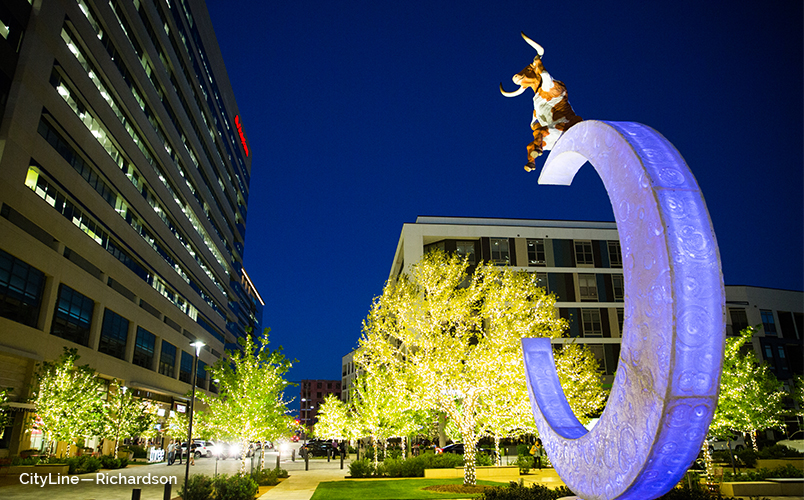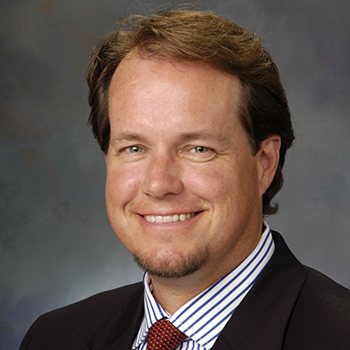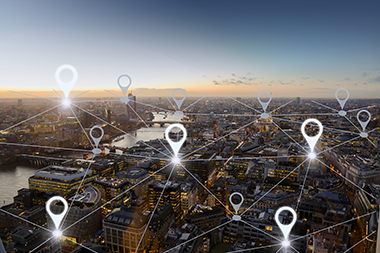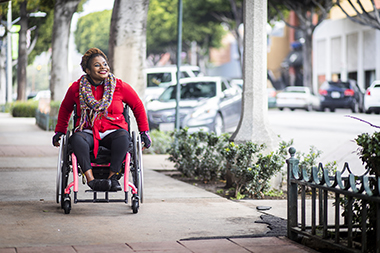
About Richardson
Richardson is located within minutes of all the amenities
of Dallas Fort Worth and enjoys a temperate climate with mild winters and warm summers. Spanning 28 square miles and nestled just to the north of downtown Dallas, Richardson is a city like no other.

Discover Richardson!
Richardson is located within minutes of all the amenities of Dallas Fort Worth and enjoys a temperate climate with mild winters and warm summers. Spanning 28 square miles and nestled just to the north of downtown Dallas, Richardson is a city like no other.
Known nationally as the Telecom Corridor® which, is home to over 500 high tech and telecommunications companies, today, Richardson has found its place as a sophisticated, modern suburb featuring award-winning family festivals, nationally ranked championship golf courses, 30 beautiful parks, more than 40 miles of hike and bike trails and our cultural gem, the Charles W. Eisemann Center for the Performing Arts.
Richardson has the benefit of being able to offer one-on-one, small-town customer service and warm Texas hospitality, while still offering the appeal, advantages and entertainment of the D/FW Metroplex. A ride on the Dallas Area Rapid Transit system (DART), which runs through the heart of the city, makes it easy for visitors to take in the sights or to step out of the city to one of the many surrounding points of interest such as sporting arenas, shopping malls and museums. Plus, Richardson is just a few minutes drive from DFW International and Love Field airports and has easy access to major highways and thoroughfares.
With ample meeting and hotel space including full service and suite properties, food options ranging from the exotic to the familiar, and the cleanliness, safety and friendliness of a neighborhood community…
Richardson is a destination not to be missed!
For more information call us at 972-744-4034 or toll-free at 888-690-7287.

History
In the 1840s, settlers from Tennessee and Kentucky began arriving in the Richardson area which was inhabited by Comanche and Caddo Indian tribes. Several of the earliest families clustered around an area later named Breckinridge in honor of the Vice President of the United States from 1857-1861. The town was situated near what is now Richland College and consisted of a general store, a blacksmith shop and the Floyd Inn.
After the Civil War, the railroad bypassed Breckinridge and an area to the northwest of Breckinridge became the new center of activity. William J. Wheeler donated land for the town site and railroad right-of-way, but declined to have the village named in his honor. Instead the town was named for railroad contractor E.H. Richardson, who built the line from Dallas to Denison.
Founded in 1873
Richardson was founded in 1873 and was generally situated between present-day Greer and Phillips streets on the north and south, and between Central Expressway and Greenville Avenue on the west and east, although a small segment did lie west of Central Expressway in its present alignment. Originally, there were three businesses: a general store, a post office and a drug store.
In 1908 the Interurban, an electric railway, began service north to Denison, south to Waco, southeast to Corsicana and west to Fort Worth. By 1910, residents had seen their first telephone, electric light and gravel street, and had grown in number to about 600. In 1914, a red brick schoolhouse, presently home to the administrative offices of the Richardson Independent School District (RISD), was built.
In 1924, the Red Brick Road (Greenville Avenue) was completed, bringing an increase in traffic, population and property values. The following year the town incorporated and elected its first mayor, Thomas F. McKamy. All taxable property was assessed at a value of $515,292, and a total of 15 businesses were in operation. Bonds were issued and in 1926, waterworks were completed so homes could be furnished with indoor water. A sewage treatment plant was then constructed, the volunteer fire department began operating and, soon after, utility franchises were awarded to Lone Star Gas and Texas Power and Light Company.

1940’s – 1970’s
By 1940, the population stood at about 740 but after World War II, the City experienced a new surge in population. By 1950, the City boasted a population of approximately 1,300. Additional municipal services, such as emergency ambulance, police protection and parks and recreation facilities, became available to residents.
In 1951, Collins Radio opened a Richardson office, ushering the City into the electronic era. Central Expressway opened in 1954 and the agricultural city of the past became a community of shopping centers and homes. In 1955, Richardson’s first Police Department was organized; consisting of a chief and two officers. On June 26, 1956, voters adopted a home rule charter and the council/manager form of government that still operates today. Door-to-door mail delivery became available to the 5,000 residents and funds were approved for a park and city hall, currently the site of the Public Safety Complex. Also in 1956, Texas Instruments opened its offices just south of the Richardson border and land values increased dramatically as the City made significant advances in population and economic status. More than 500,000 people moved into the Dallas area in the period between 1940 and 1960.
The 1960s saw a notable increase in park land acquisition and the construction of additional facilities, especially at Huffhines Park, Prairie Creek Park and Cottonwood Park. In 1961, the Southwest Center for Advanced Studies was dedicated. In 1969, Erik Jonsson and other Texas Instruments executives donated the Center to the state and it became part of the University of Texas System called University of Texas at Dallas. During the late 1960s and early 1970s, a significant amount of acreage along the present northern city limit line west of Jupiter Road and in the northeastern or panhandle area of Richardson was annexed. In 1972, the population stood at approximately 56,000, and this same year the Richardson Independent School District (which includes some areas outside the City of Richardson) had an enrollment of approximately 32,000 students in 16 elementary schools, seven junior high schools and four high schools.

1970’s to Present
Residential growth boomed through the 1970s. Forty percent of the homes in Richardson were built between 1970 and 1979. While housing development declined during the 1980s, the City’s commercial development continued to increase. Commercial site plan approval peaked in 1984 with commercial site plan approvals exceeding 5 million square feet. Residential and commercial development peaked in the 1980s, but both have continued to grow steadily.
The 1990 Census counted the population of Richardson at 74,840 while the 2000 estimated population stood at 91,050. Much of the population increase in the 1990s arose from development of the far northeast sector of the City.
Today the City is no longer the bedroom community of the ’50s and ’60s, but is itself at the heart of a significant employment center, the Telecom Corridor®, where more than 80,000 people work each day.
The Dallas Area Rapid Transit (DART) started construction on three light rail stations for the City in the late 1990s, and we now have four DART stations along US 75 at Spring Valley, Arapaho, Galatyn Park, and the President George Bush Turnpike (190).
Today, besides being well-known as the Telecom Corridor®, for its large concentration of technology and telecommunications firms, Richardson hosts four award-winning music/art festivals each year and is home to a state-of-the-art performing arts facility that plays host to some of the region’s most popular attractions.




